I am trying to convert an emoji to an NSString. I previously asked a question on how to do the opposite (convert an NSString to a unicode) at NSString to Emoji Unicode. I thought perhaps it would be best to ask this as a new question here.
How can I convert an NSString containing an emoji () to an NSString containing a unicode in this format (U0001F603)?
This question is basically the reverse engineering of the solution from the previous page. The catch is the project does not use the \ue415 format, but rather the U0001F603 format.
Edited per comment:
2014-07-11 11:37:19.448 emoticon[******] unicode:
unicode = [NSString stringWithFormat:@"%@\\UFE0E", unicode];
2014-07-11 11:37:19.449 emoticon[******] unicode: \UFE0E
SECOND COMMENT RESPONSE I'm not entirely sure if I follow what you mean by I didn't add the first line of code. I hope I haven't been unclear. To try and be more specific on what I would like, I logged your code in, and then logged what I wish to get:
NSString *first = @"";
NSString *second = @"\\UFE0E";
NSString *third = @"U0001F603\\UFE0E";
2014-07-11 12:00:45.815 emoticon[******] first: , second: \UFE0E, third: U0001F603\UFE0E
2014-07-11 12:00:45.816 emoticon[******] desiredString: U0001F603
My hope is to produce the desiredString by converting the emoji to the desired string.
THIRD COMMENT RESPONSE
